Water treatment using chlorine dioxide drops is a preferred technique for treating water for drinking, camping, and emergency situations. Water can be made safe for consumption by removing bacteria, viruses, and other pathogens using the potent oxidizing chemical chlorine dioxide (ClO2).
In the 1950s, chlorine dioxide was initially used to disinfect public water supplies in Europe. The United States Environmental Protection Agency (EPA) later adopted chlorine dioxide as a main disinfectant for public water supplies in the 1970s. Nowadays, chlorine dioxide is a common ingredient in water treatment facilities all over the world.
Chlorine dioxide has been used in hospitals to clean the air, surfaces, and medical equipment. It has been particularly effective in reducing the spread of contagious illnesses like tuberculosis and legionnaires’ disease. In healthcare settings, chlorine dioxide is also useful for removing volatile organic compounds (VOCs) and offensive odors.
There are Many Household Uses of Chlorine Dioxide Drops
Chlorine dioxide has numerous beneficial uses around the house and the water purification drops are sold over the counter in outdoor sports supplies as chlorine dioxide water purification drops
Food Sanitization at Home
Meats should always be kept safe for consumption by your family, followed by greens, other vegetables, and fruit. Fill a bowl or rinse with water to prepare it. Then, combine 10 to 15 drops of Part 1 with 10 to 15 drops of Part 2 in a different, clean, dry glass (small glass, like a shot glass), stir, and allow to activate for 30 seconds. Pour mixture into a water bowl.
The best food sanitizer in the world is now working in your kitchen for you and your family. You can get rid of any dangerous bacteria, viruses, mold, parasites, poisons, or other pathogens that might be hidden in your food by rinsing it in chlorine dioxide or soaking it for a short while. This guarantees that sharing your food with your family won’t endanger them.
Nowadays, it is almost difficult to tell how contaminated the food you buy at the grocery store can be, so take extra precautions. Being proactive, and careful will assist to protect your family’s health and increase their vitality and longevity.
No need to wash with water again. The water source in your home may introduce impurities if you do this. After using chlorine dioxide to destroy all the bad stuff, chlorine dioxide dissolves into a simple saline solution, so food processors’ food items don’t need to be re-rinsed at the factory. Only a slight sanitizing bioavailable salt remains after use (unlike granular salt).
Spray for Sanitizing Food
To disinfect every surface in your kitchen, apply chlorine dioxide spray, exactly like the big boys (industrial food processing and preparation) do.
Simply activate 10 to 15 drops of each Part 1 and Part 2 and put in a non-metallic water spray bottle. Use to spray counters, cutting boards, sinks, and sponges in the kitchen.
Treatment of Fabric and Clothing
Clothes and materials that may be contaminated with mold or other potentially harmful substances can be cleaned using chlorine dioxide.
Apply chlorine dioxide spray (the same dosage as kitchen sanitizing spray) to the mildewed surface as a pretreatment, then scrub it in. Then proceed as usual with a load of laundry, but instead of bleach, use chlorine dioxide in the washing machine tub.
Chlorine Dioxide Replacement for Bleach
Chlorine dioxide can be used in place of bleach in the washing machine tub by activating 30 to 60 drops of Parts 1 and 2 in a clean, dry glass and allowing them to activate for 30 seconds before adding them.
Safer than ordinary household bleach, chlorine dioxide does not degrade fabrics. Chlorine bleach creates trihalomethanes, which can harm your family’s health and cause cancer, reproductive issues, and other illnesses. Chlorine dioxide does not.
Agent for Cleaning Bathrooms
Like the top hospitals and hotels, you may use chlorine dioxide to clean your bathrooms. Add one cup of water to 30 to 60 activated drops of Parts 1 and 2.
To clean shower doors, bathtubs, and floor tiles, apply to the area to be cleaned with a moist cloth or pour chlorine dioxide solution into a spray bottle. After letting the solution sit for a while to break down all the dirt, grime, and scum, wipe down the area, scrape, and rinse as may be necessary.
To clean rubber and plastic surfaces like mats and shower curtains and to get rid of and stop the growth of mildew, add a few drops to warm water. The grout between bathroom tiles will become whiter with a little bit heavier mix.
Outdoors and the Garage
The best ratio for cleaning porous brick and concrete surfaces is 90+ drops per cup.
Cleaning anything that is challenging to clean, such as cement or stone surfaces around the house, outside, or in the garden, requires brushing on, letting set, scrubbing, and rinsing.
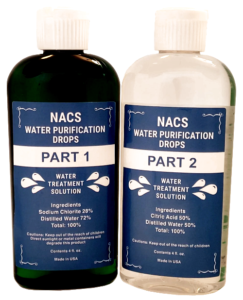
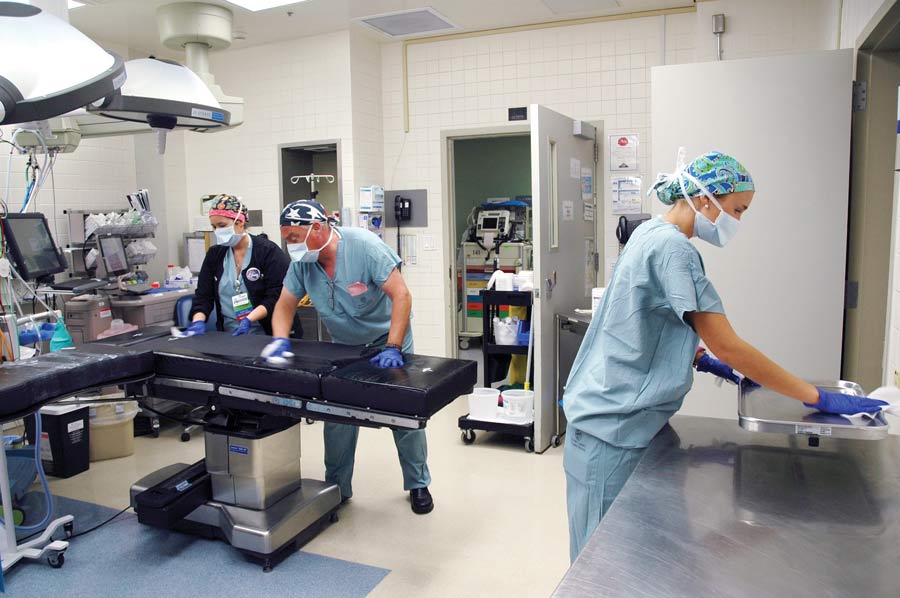
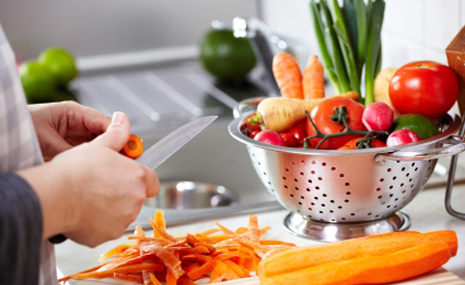
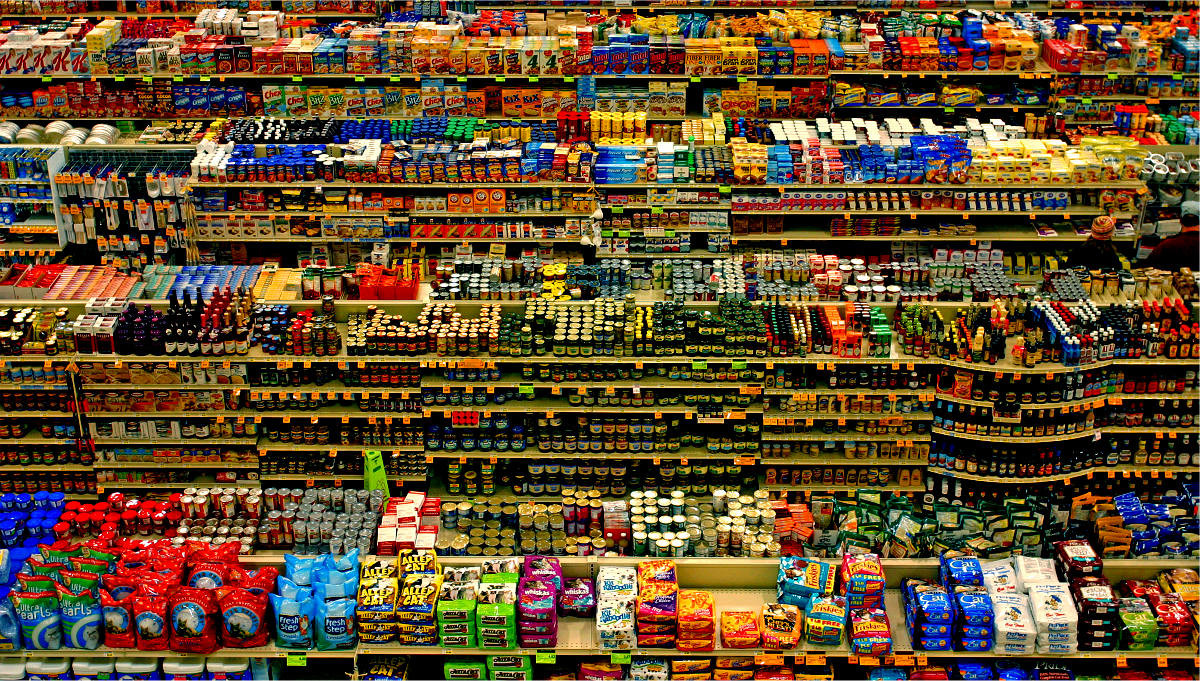
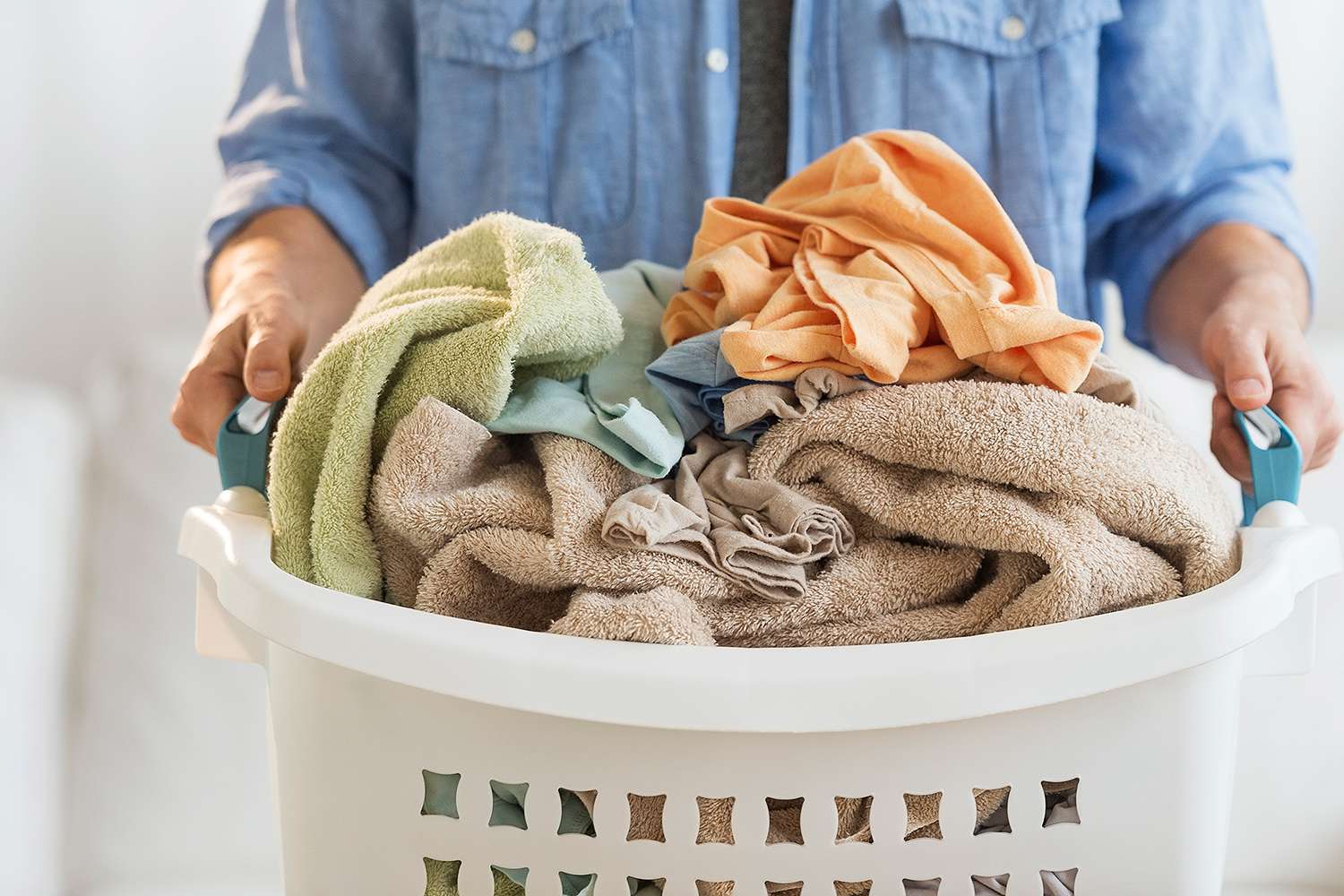
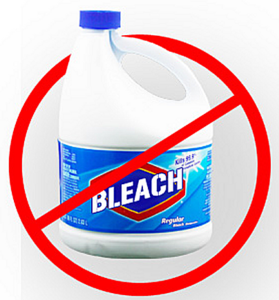
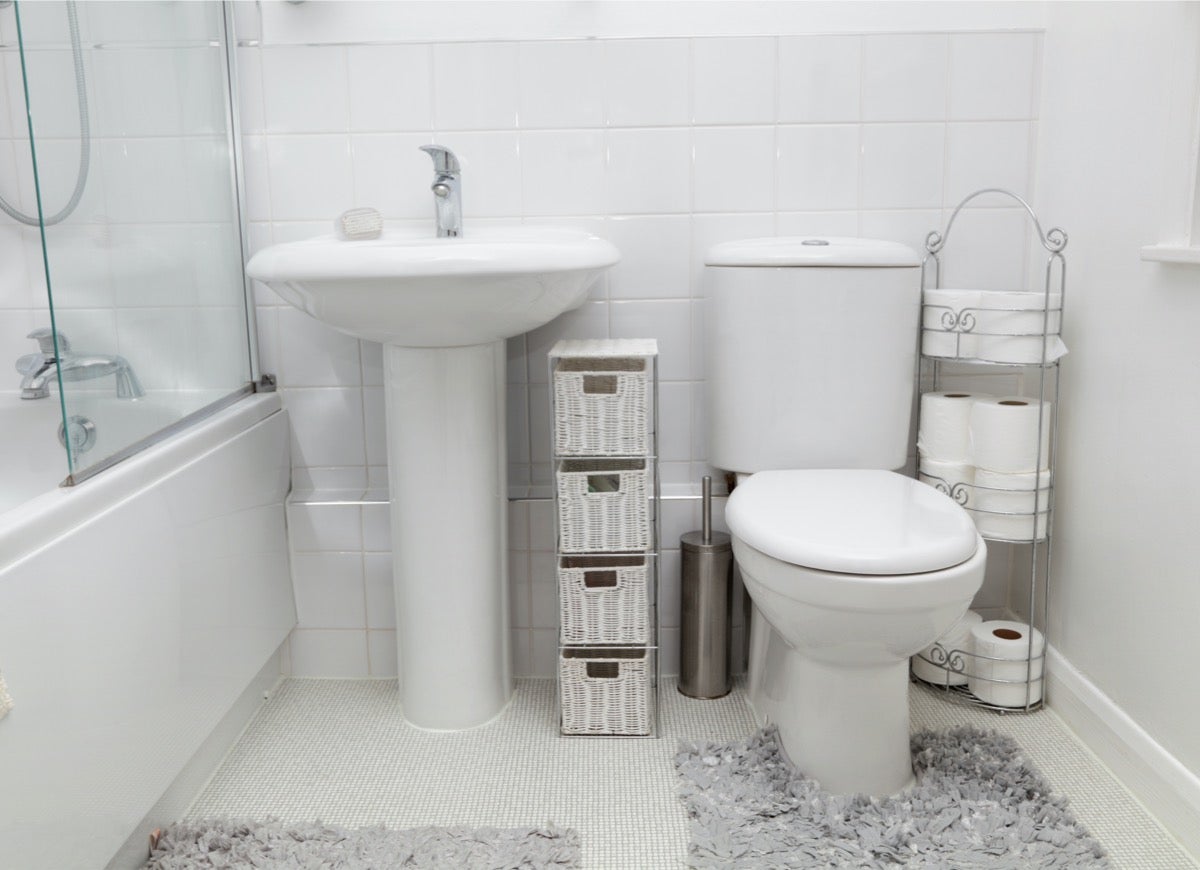
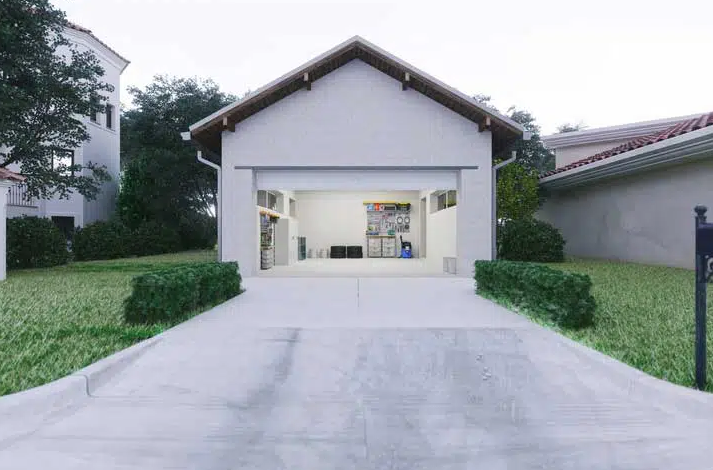
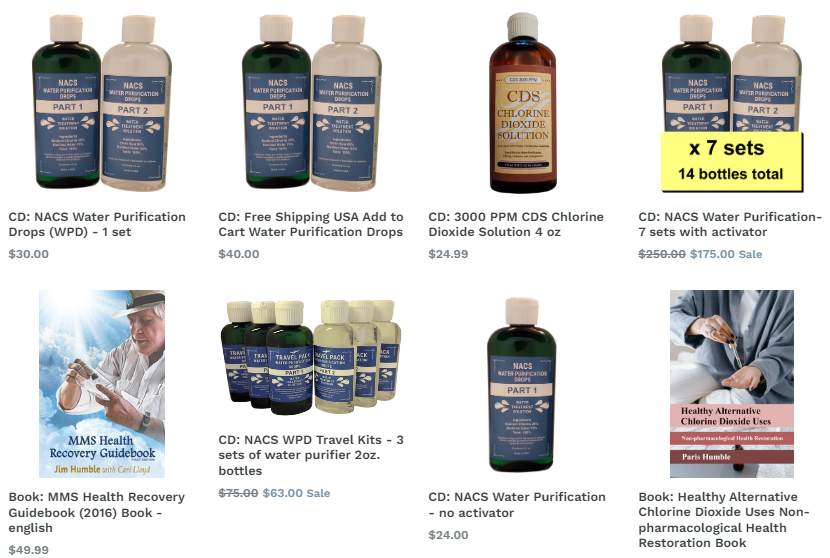
Leave a Reply